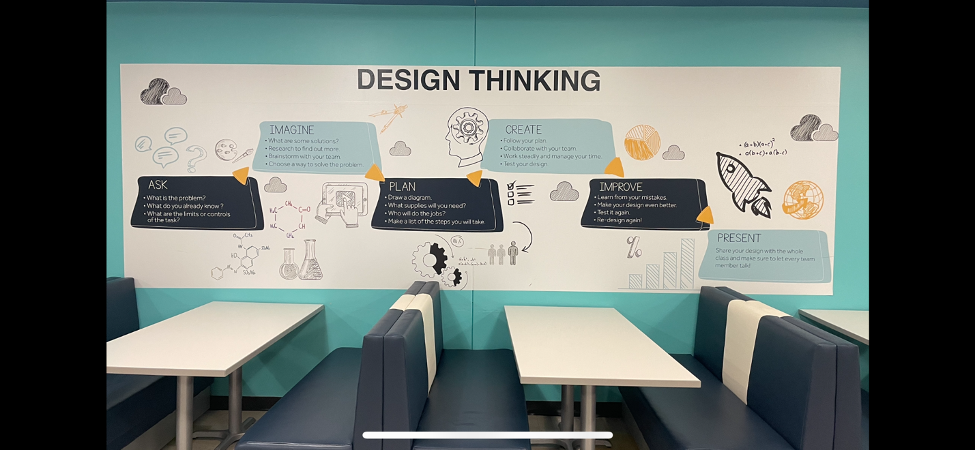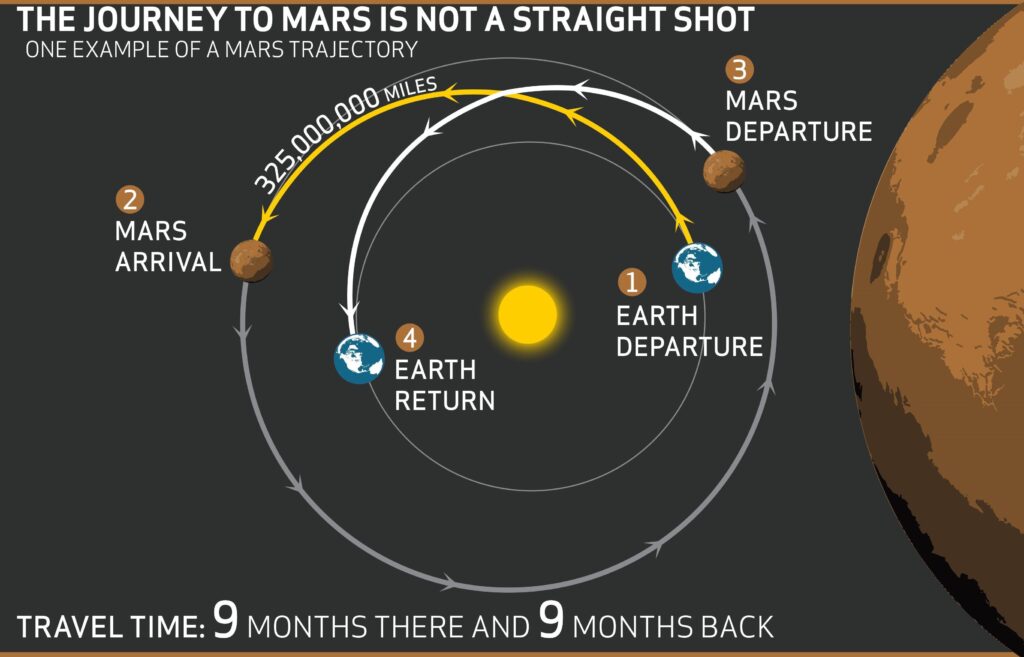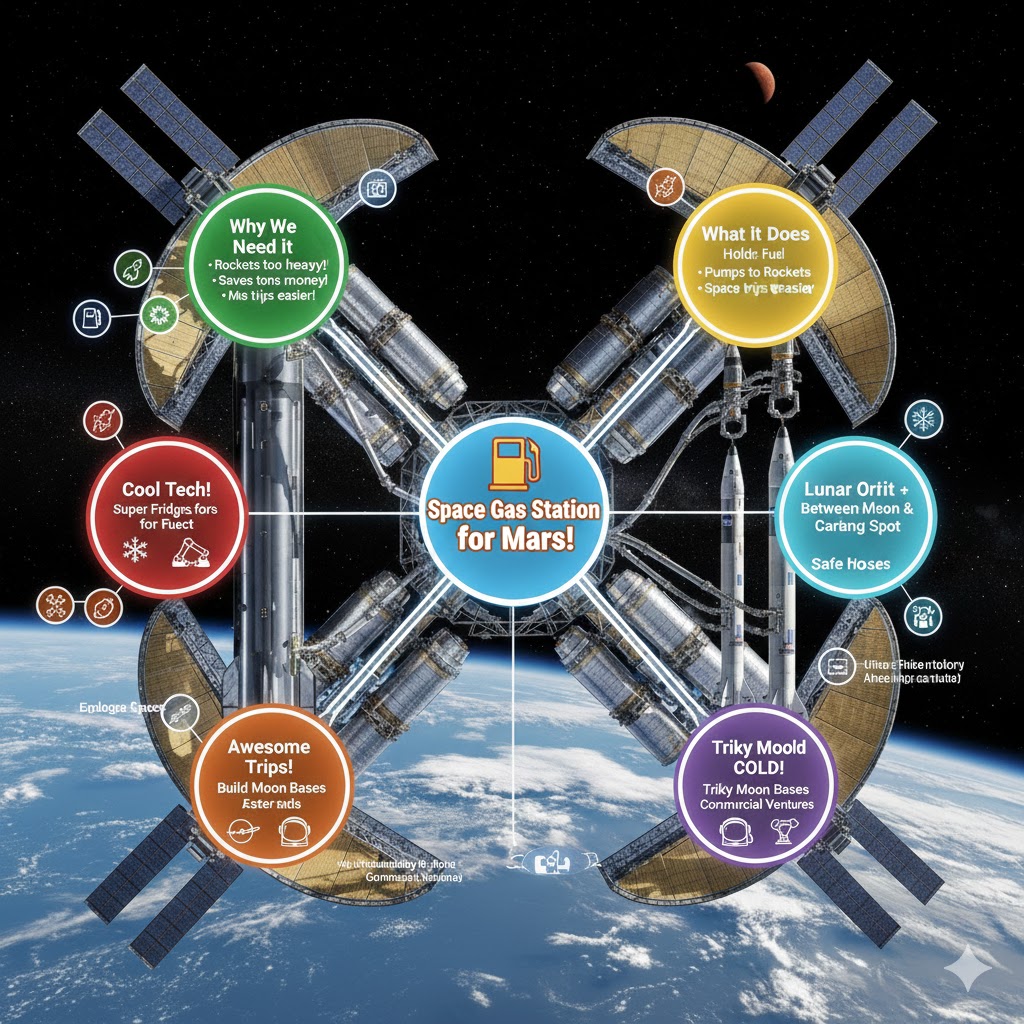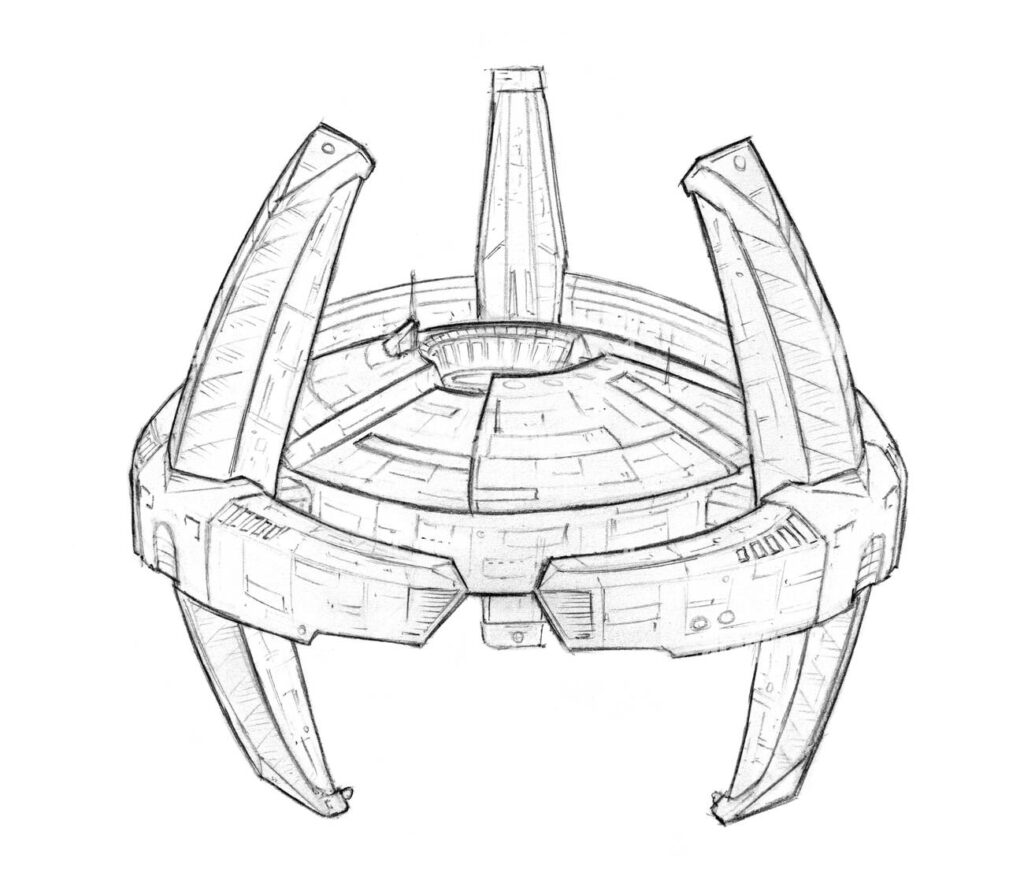
Step-by-step Design Thinking process
Design Thinking is a human-centered, creativity-driven approach to solving problems. It focuses on deeply understanding the people you are designing for, exploring multiple possibilities, and developing solutions that are both innovative and practical. Rather than jumping straight to an answer, Design Thinking encourages teams to pause, observe, ask questions, and uncover the real needs behind a challenge.
This process is intentionally flexible and iterative. Teams move through stages of discovery, idea generation, prototyping, testing, and refinement—often looping back as new insights emerge. It embraces experimentation, welcomes unusual ideas, and views failures as valuable learning moments.
At its core, Design Thinking brings together diverse perspectives and promotes open collaboration. It empowers individuals to think creatively, challenge assumptions, and develop solutions that are meaningful, user-focused, and adaptable to real-world constraints. Whether used in engineering, business, education, or creative fields, Design Thinking provides a structured yet imaginative framework for turning challenges into opportunities and ideas into impactful outcomes.
Design Thinking is often visualized as a cycle—not a straight line—because teams may revisit steps as they learn more. Each stage builds toward deeper understanding, better ideas, and stronger solutions.

Goal: Clearly define the problem and constraints.
Actions:
- State the problem in one concise sentence.
- List what you already know (facts, user needs, data).
- Identify limits or controls: time, budget, materials, safety, regulations.
- Ask stakeholders or users clarifying questions.
Deliverable: Project plan (diagram + materials list + task list with owners).
Quick Checks:
- Do we have everything?
- Who will conduct testing?
- What is the Minimum Viable Product (MVP)?
Tip: Start small — plan to build the simplest version that proves your idea.

Goal: Generate a wide range of possible solutions.
Actions:
- Conduct quick research (examples, similar products, user interviews).
- Run a brainstorming session; prioritize quantity over quality.
- Sketch or write all ideas; use prompts like “How might we…?”
- Narrow down to 2–3 promising concepts for prototyping.
Deliverable: Shortlist of concepts with a 1-sentence explanation for each.
Quick Checks:
- Feasible?
- Desirable?
- Viable?
Tip: Combining ideas often yields innovative solutions.

Step 3 — PLAN: Prepare to Build
Goal: Turn a chosen concept into an actionable plan.
Actions:
- Draw a simple diagram or storyboard of the solution.
- List supplies and resources needed.
- Assign roles and responsibilities to team members.
- Break the work into clear steps and a timeline.
Deliverable: Project plan (diagram + materials list + task list with owners).
Quick Checks:
- Do we have everything?
- Who will conduct testing?
- What is the Minimum Viable Product (MVP)?
Tip: Start small — plan to build the simplest version that proves your idea.

Goal: Make a testable version of your idea quickly.
Actions:
- Build the simplest prototype (mockup, model, coded demo).
- Collaborate and iterate frequently.
- Prioritize key features for testing.
- Conduct initial internal tests to ensure basic functionality.
Deliverable: Working prototype or demonstration model.
Quick Checks:
- Can a user interact with it?
- Does it address the core need?
Tip: Prototypes are tools for learning; perfection is not the goal.

Goal: Learn from real-world testing and refine the design.
Actions:
- Test the prototype with real users or stakeholders.
- Collect structured feedback (what worked, what confused, suggestions).
- Identify failures, root causes, and prioritize fixes.
- Redesign and retest; repeat until major issues are resolved.
Deliverable: Prioritized list of improvements + updated prototype versions.
Quick Checks:
- Are user pain points reduced?
- Is the solution simpler or more usable?
Tip: Use quick A/B tests for competing improvements to see what works best.

Goal: Communicate your solution, decisions, and next steps clearly.
Actions:
- Prepare a short presentation: problem → concept → prototype → results → next steps.
- Include visuals: diagrams, photos, metrics, or quotes.
- Ensure each team member contributes.
- Ask for feedback and support for implementation if needed.
Deliverable: Final presentation + demo and handoff notes.
Quick Checks:
- Can someone unfamiliar with the project understand the problem and solution?
Tip: End with clear asks: resources, approvals, or time for next steps.

